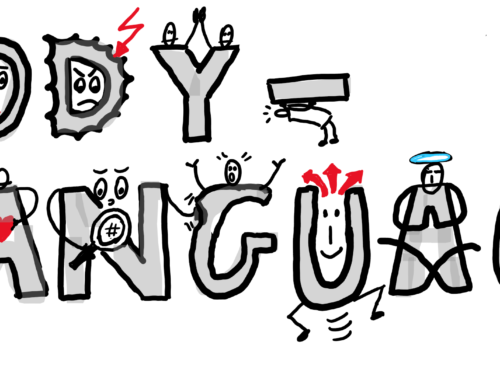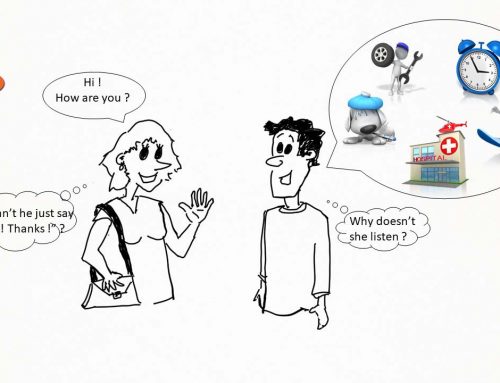Why clear and explicit communication is important
On a daily basis we are involved in good and not so good communication.
News channels and media show us how world leaders and politicians communicate. The impact of it is quickly apparent on platsforms such as Twitter, Facebook and other social media. In just a matter of time comments and emoticons tell us how people perceive this communication. Do they like it or not? Are they disappointed, appalled or are they glorifying the communication?
The time of communicating in a private circle seems to be a thing of the past. And this is exactly why it is now more than ever important to reflect well on what you reveal. And even more so on how you do it. The way in which we convey messages often adds more weight.
A good example of communication
A nice example of clear communication was the speech of Greta Thunberg at the World Economic Forum in Davos in January 2019. At the bottom of this post you can watch the video.
What made this speech so special?
And what was it that made it so clear?
- Use of a metaphor, in this case ‘the house is on fire’. This figure of speech implies that immediate action is required or everything is lost.
Metaphores make it possible to put a complex problem into simple language. The metaphor is easy to visualise and it evokes emotions. - Use of explicit communication. In this speech, things are named. There is no need to read between the lines. When we communicate to a multicultural group, explicit communication is preferred, as Erin Meyer, professor at Insead, describes in her publications.
- Sense of urgency: if you want to convince people of the need for change, it is important to establish the sense of urgency. According to Professor Kotter, this is one of the eight steps for leading change. The metaphor helps with this. Communicate clearly what is at stake!
- Structuring the message by using the right tone ensures Credibility. The way it is done is calmly, confidently and well-considered.
- Good arguments and statings facts provide for Evidence: a summary of the current reality.
- Good ‘Reasoning’ or a well-developed argument.
- Emotion in this case in a subtle way. These last 4 characteristics are what Gary Genard refers to as the CURE method: Credibility, Using evidence, Reasoning and Emotion in his book How to give a speech
- The indirect approach for a sensitive message as explained by Genard is characteristic of this speech. An inconvenient truth is raised by establishing common ground to build an argument and yet no finger is pointed at individuals.
- Very important it is to give hope: we can still solve this. Without hope a speech tends to fatalism. Hope encourages action. Who doesn’t remember Obama’s ‘Yes, we can’?
- ‘The solution is simple’. Simplicity makes it even stronger.
- The sheer fact this speech is delivered by a teenager is ‘shaking up the audience’ which is another principle of Genard. We need to think about future generations. A cricitical message is conveyed in a memorable way.
- The subtle emotion leads to the word Fear. A basic emotion understood by all.
- A clear expectation is being communicated: ‘I want you to act now…., not to give hope….’. She does not want to hear soothing and promising words, but real action starting now.
Whether the audience in Davos felt captivated by this communication or not, at least Greta was listened to. If not in Davos then at least via social media.
What can we take away from this in order to speak clear language within organisations?
- Be transparent.
- Use explicit language if the audience is multi-cultural or if there is room for ambiguous interpretations of the message.
- Use metaphores. They are a good way of giving listeners a critical message in a simple way.
- Say clearly what is at stake.
- Use evidence, facts, situations and emotions in a speech according to the CURE method of Genard.
- Give hope about what can be done because it is not too late.
- Make your expectations clear to the audience.
- Connect the conclusion of the speech to the start of the communication, in this case the metaphor.
- Make a difference: ‘Make it memorable!’
- Use passion or in this case subtle emotion conveyed in a rational way.
Want to know how you can communicate with impact through self-awareness of your natural communication style(s)?






